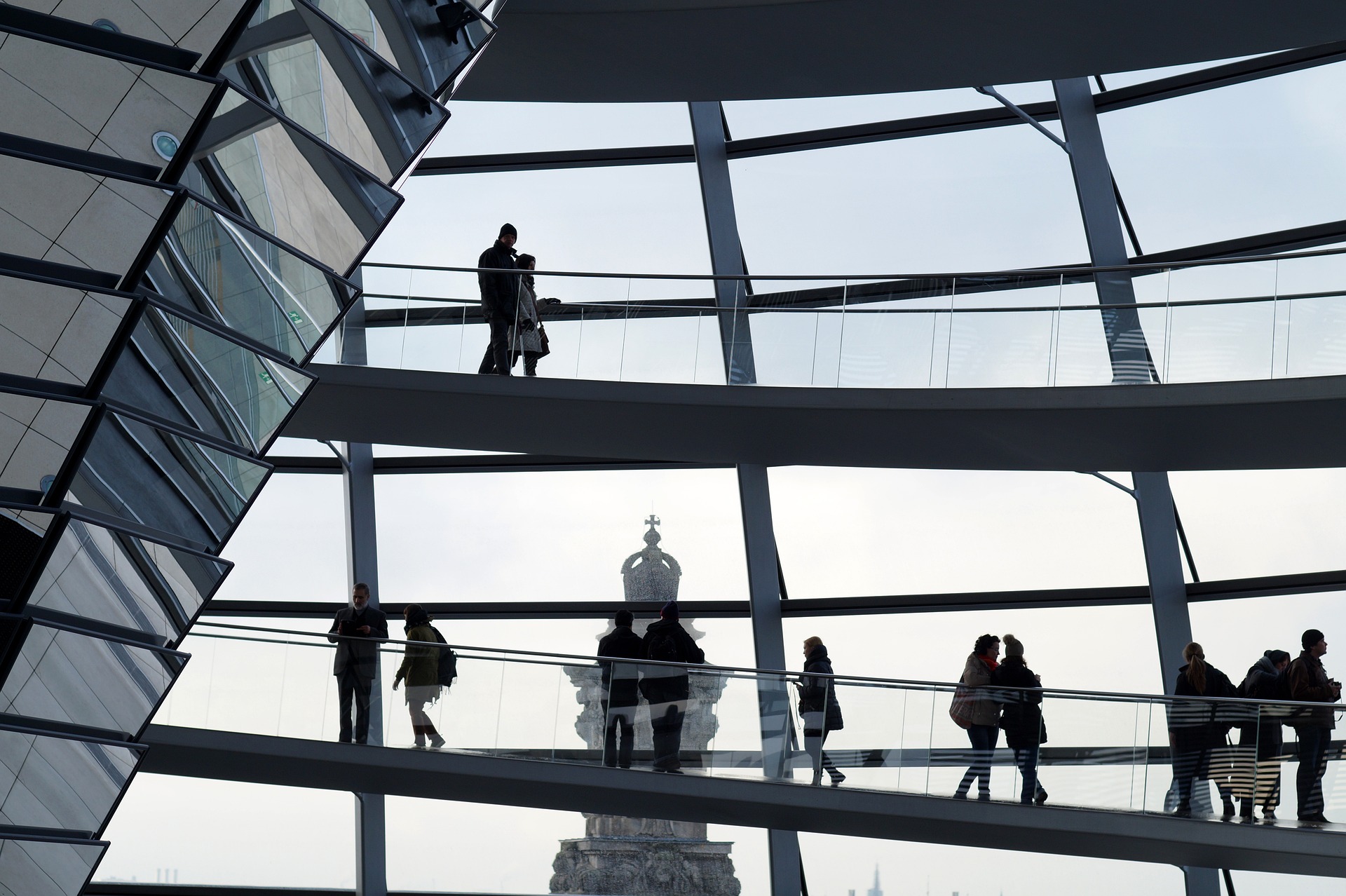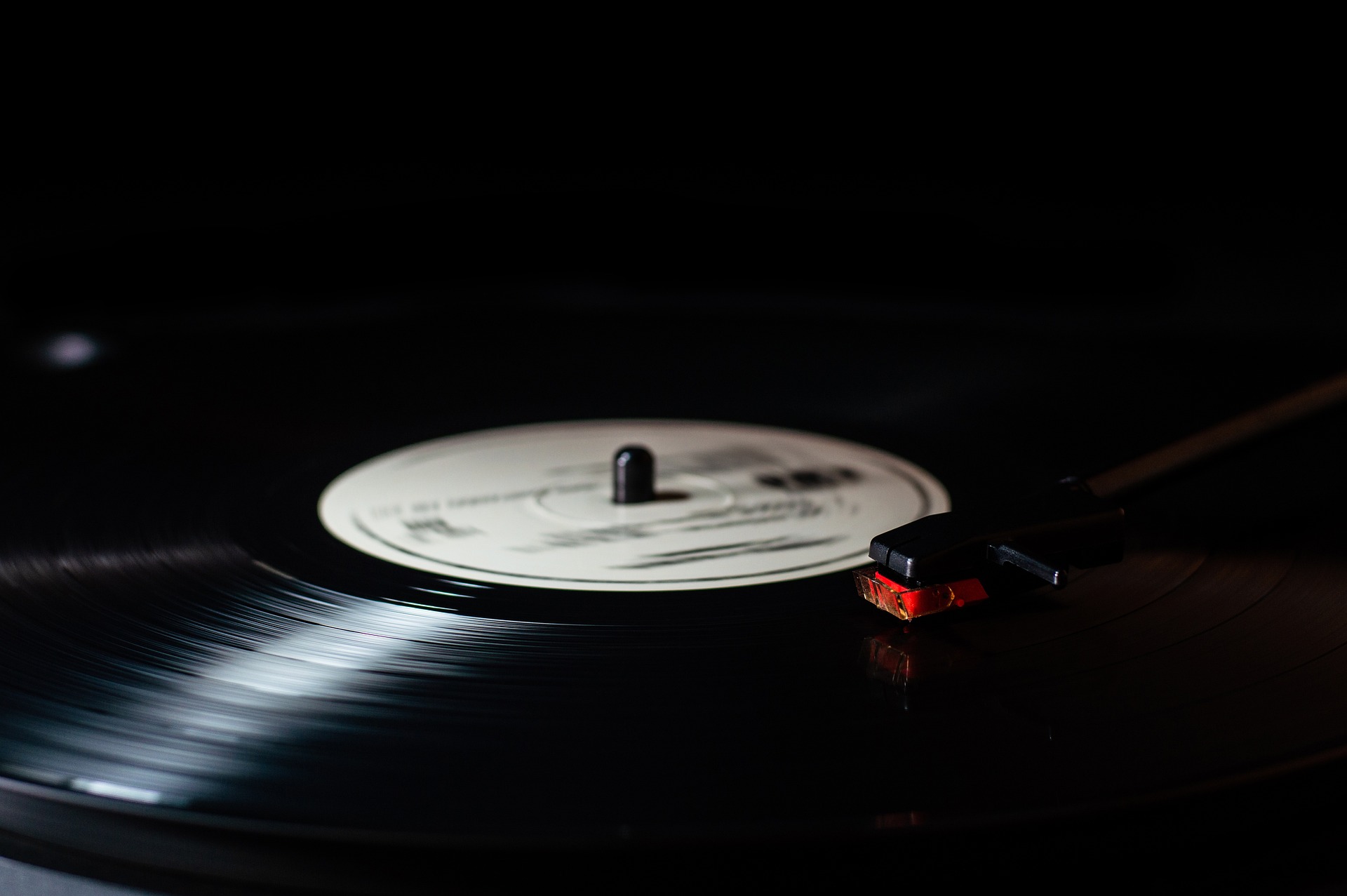Chromotherapy: The Colorful Path to Wellness
In a world constantly seeking new avenues for holistic health, an ancient practice is making a vibrant comeback. Chromotherapy, also known as color therapy, is emerging as a captivating approach to wellness that harnesses the power of the visible light spectrum. This intriguing practice suggests that specific colors can influence our physical, emotional, and mental well-being. As the beauty and fitness industry continues to evolve, chromotherapy is carving out its niche, offering a unique blend of sensory stimulation and potential health benefits. From its historical roots to modern applications in spas, fitness centers, and home environments, chromotherapy is painting a new picture of what it means to pursue a balanced and harmonious lifestyle.

Throughout history, color has played a significant role in cultural and spiritual practices. Native American medicine men used color in rituals, while Ayurvedic practitioners in India incorporated color therapy into their holistic healing approaches. These ancient traditions laid the groundwork for modern chromotherapy, recognizing the profound impact that color can have on human physiology and psychology.
The Science Behind Color’s Influence
While skeptics may dismiss chromotherapy as pseudoscience, recent research has begun to shed light on the potential mechanisms behind color’s effects on the body. Studies have shown that different colors can influence brain activity, hormone production, and even cellular function. For instance, exposure to blue light has been found to suppress melatonin production, affecting sleep patterns, while red light may stimulate collagen production in the skin.
The human eye contains photoreceptors that not only allow us to see color but also play a role in regulating our circadian rhythms and other physiological processes. When light of different wavelengths enters the eye, it triggers various responses in the brain and endocrine system. This connection between light, color, and bodily functions forms the basis for chromotherapy’s potential health benefits.
Chromotherapy in Modern Wellness Practices
Today, chromotherapy is finding its way into various wellness and beauty applications. High-end spas are incorporating color therapy rooms, where clients can immerse themselves in specific hues to target different wellness goals. These rooms often use LED lights that can be programmed to create a rainbow of therapeutic environments.
In the fitness world, chromotherapy is being integrated into workout spaces to enhance exercise experiences. Some gyms now offer color-changing lighting systems in their studios, allowing instructors to tailor the ambiance to different phases of a workout. For example, energizing red might be used during high-intensity intervals, while calming blue could accompany cool-down stretches.
The beauty industry is also embracing chromotherapy, with LED light therapy masks becoming increasingly popular for at-home skincare. These devices use different colored lights to target specific skin concerns, such as red light for anti-aging or blue light for acne treatment.
Color Psychology in Beauty and Fashion
The principles of chromotherapy extend beyond direct light exposure, influencing trends in beauty and fashion. Color psychology plays a significant role in makeup artistry and personal styling, with certain hues believed to evoke specific emotions or enhance particular features. For instance, warm tones like peach and coral are often used to create a healthy, vibrant appearance, while cool purples and blues can lend a sense of calm and sophistication.
Fashion designers and stylists are increasingly considering the psychological impact of color when creating collections and outfits. The concept of “dopamine dressing” – wearing bright, mood-boosting colors to improve one’s emotional state – has gained traction, aligning with chromotherapy principles. This trend reflects a growing awareness of the potential for color to influence not only how we look but also how we feel.
Integrating Chromotherapy into Daily Life
As interest in chromotherapy grows, individuals are finding creative ways to incorporate color therapy into their daily routines. Smart lighting systems allow homeowners to adjust the color temperature and hue of their living spaces throughout the day, potentially improving mood, productivity, and sleep quality. Some enthusiasts are even designing entire rooms around color therapy principles, creating personal sanctuaries for relaxation and rejuvenation.
In the realm of nutrition, the concept of “eating the rainbow” has taken on new significance. While the primary benefit of consuming a variety of colorful fruits and vegetables lies in their diverse nutrient profiles, some proponents of chromotherapy suggest that the visual experience of colorful meals can also contribute to overall well-being.
As chromotherapy continues to gain attention in the wellness community, it’s important to approach it with a balanced perspective. While the psychological and physiological effects of color are supported by some scientific evidence, chromotherapy should be viewed as a complementary practice rather than a replacement for traditional medical care. When integrated thoughtfully into a holistic wellness routine, chromotherapy offers a unique and visually appealing way to enhance one’s sense of balance and vitality in an increasingly colorful world of health and beauty.




